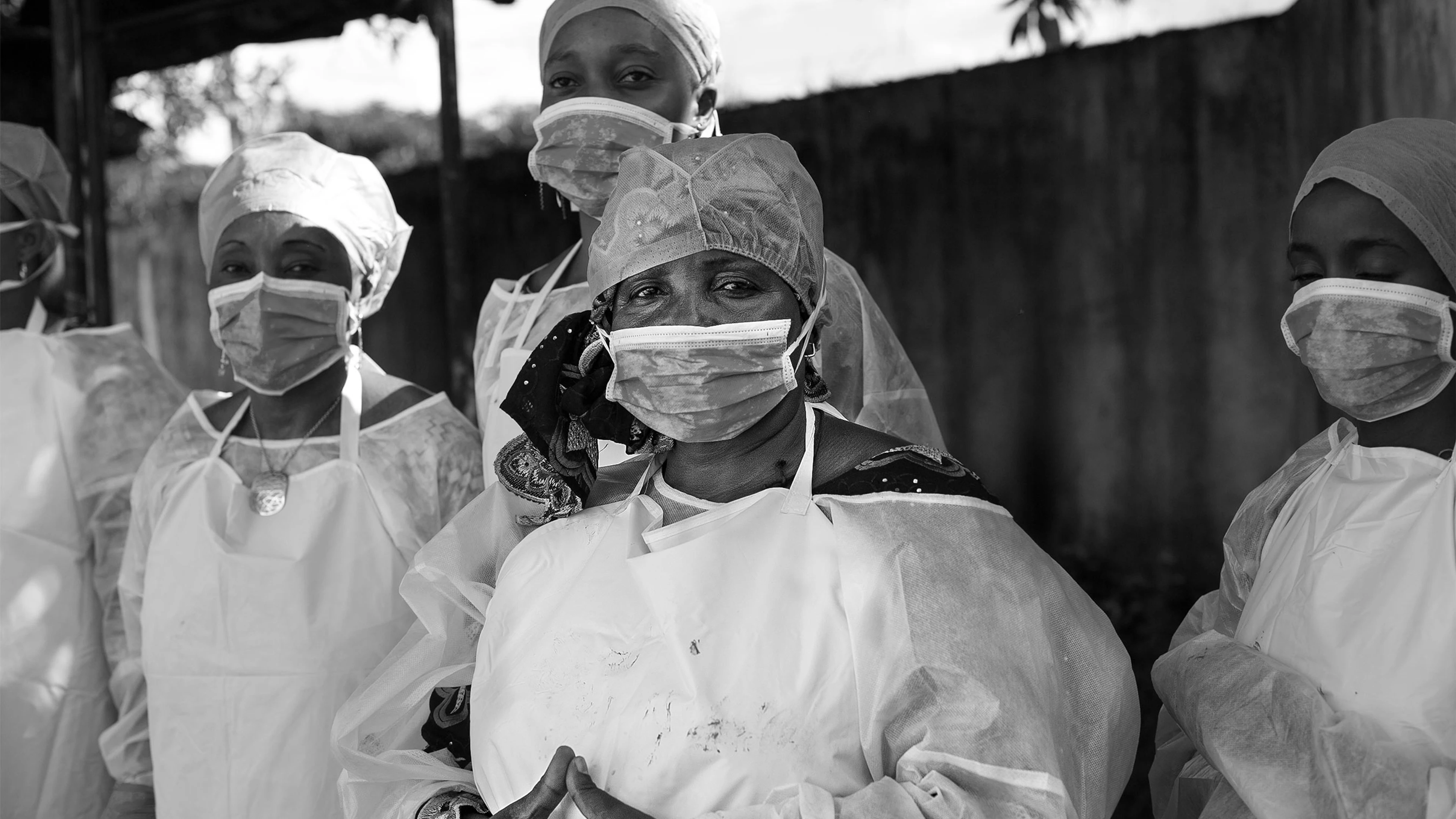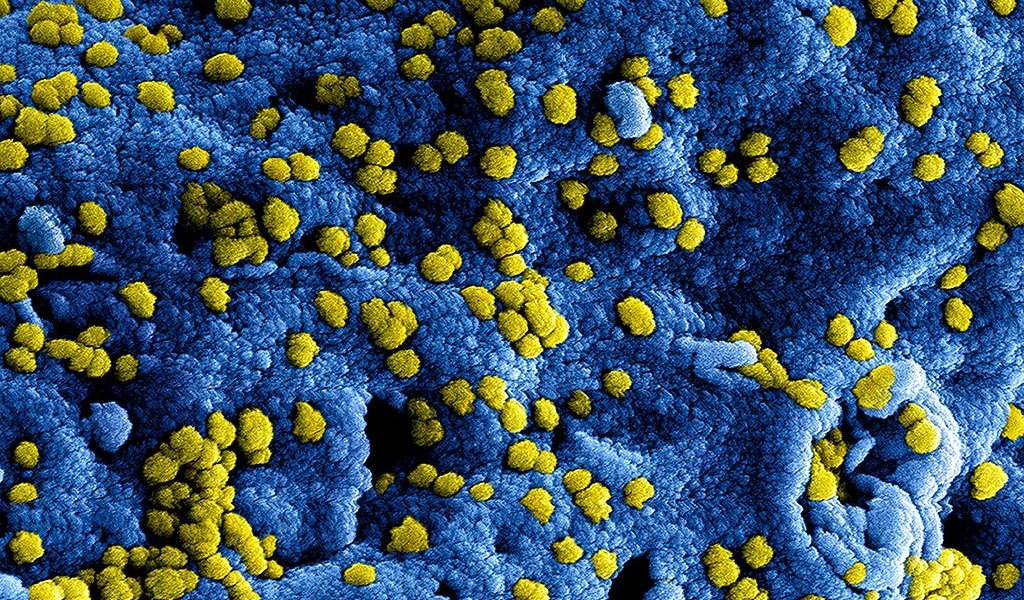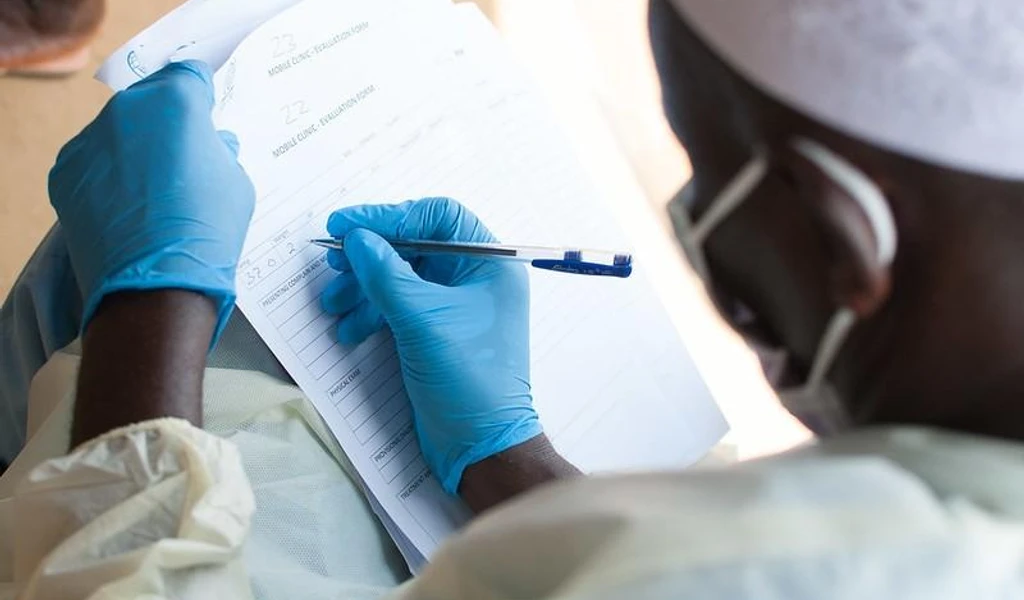ProMED Disease Outbreak Update

Ebola in the Democratic Republic of Congo, Rift Valley fever in Mayotte, MERS in Saudi Arabia.
Information available within this Disease Outbreak Update is produced by Program for Monitoring Emerging Diseases (ProMED).
Ebola
Location
Democratic Republic of Congo (North Kivu, Ituri)
Outbreak Update
11 May 2019 Epidemiological situation report, DRC Ministry of Health
The epidemiological situation of the Ebola virus disease in the provinces of North Kivu and Ituri dated 10 May 2019:
Since the beginning of the epidemic, the cumulative number of cases is 1662, of which are 1574 confirmed and 88 probable. In total, there were 1112 deaths (1024 confirmed and 88 probable) and 446 people healed.
325 suspected cases under investigation;
13 new confirmed cases, including 5 in Butembo, 2 in Kalunguta, 2 in Mandima, 1 in Musienene, 1 in Mabalako, 1 in Katwa and 1 in Masereka;
7 new confirmed case deaths, including 6 community deaths, including 3 in Butembo, 2 in Kalunguta and 1 in Katwa; 1 death at the CTE of Mabalako;
2 newly cured out of ETCs, including 1 in Butembo and 1 in Beni;
1 non-vaccinated Butembo health worker is one of the new confirmed cases. The cumulative number of confirmed/probable cases among health workers is 98 (5.9% of all confirmed/probable cases), including 34 deaths.
WHO's most recent Disease Outbreak News update (Thu 9 May 2019) is available here.
Outbreak response
Butembo's sub-coordination teams partially returned to work on Thu 9 May 2019. However, some health areas in Butembo town remained inaccessible for security reasons.
Vaccination
113 667 Vaccinated persons
550 people vaccinated on 10 May 2019
Of those vaccinated, 30 484 are high-risk contacts (CHRs), 54 771 are contacts of contacts (CC), and 28 412 are front-line providers (PPLs)
Persons vaccinated by health zone: 30 546 in Katwa, 23 888 in Beni, 13 803 in Butembo.
See the full ProMED post here
Rift Valley fever
Location
Mayotte
Outbreak Update
Sat 11 May 2019, Mayotte's Health Authorities published the following update:
"Epidemiological situation as of May 10, 2019.
In total, since the beginning of the epidemic (end of November 2018):
1. Animals.
Samples taken by veterinarians on sick animals or during abortions have identified 119 foci of sick animals (of which 95 are cattle and 24 small ruminants).
Animal foci are mainly located in the center and northwest of the island. Additional outbreaks have appeared since the end of March [2019] in the communes of Dembeni, as well as on Petite Terre.
2. Humans.
The CHM laboratory reported 130 human cases of RVF [Rift Valley fever] at the monitoring and health emergencies platform of the ARS OI (CVAGS) of Mayotte.
The number of reported cases has remained stable since the beginning of April [2019] (on average, 4 to 5 reported cases per week).
Since the beginning of the health alert, human cases have remained mainly in the center and northwest of the island."
Dr Patrice Bouree has also published an article in Revue Francophone des Laboratoires:
In February 2019, 63 cases of Rift Valley fever were diagnosed by PCR at the Mayotte hospital laboratory. The first 5 cases were detected in November 2018 by the hospital laboratory and confirmed by the Reunion Reference Center. The vector control center and the health emergency unit of the ARS OI [The Indian Ocean Health Agency] were able to analyze the epidemiology of 36 cases: 21 subjects had been in direct contact with animals and 5 others lived nearby; the last 5 declared no direct or indirect contact with animals. In addition, in 15 cases, patients had consumed raw or curdled milk. Finally, it is interesting to note that 21 patients resided in the communes of west-central Mayotte. With regard to the 63 confirmed cases, the average age of the patients was 38 years (range, 10 to 74 years), of which 16% were under 20 years, with a male/female sex ratio of 4. In addition, 29 patients lived in rural or semi-urban dwellings, 9 of whom lived in traditional huts. In terms of symptoms, 24 patients had headache, 19 arthralgia, 17 myalgia, 14 asthenia, 6 retro-orbital pain, and 6 nausea and vomiting. An entomological survey found several mosquito species, especially _Culex_, _Aedes_, _Anopheles_ and _Mansonia_.
At the same time, samples taken from farms in which abortions were reported identified 33 outbreaks of 1 to 6 animals, including 25 cattle and 8 small ruminants [the figures have increased since; see in comments].
Rift Valley fever, which has been present in Mayotte for a long time, had disappeared in the past decade, with 10 patients detected in 2008 following an epidemic in Kenya. Then there was a steady regression of verified seroprevalence on ruminants. But this seroprevalence rose to 3.6% in 2017 and then to 10.1% in 2018, indicating a new circulation of the virus. This is probably due to illegal and continuous importation of contaminated livestock.
See the full ProMED post here
MERS-CoV
Location
Saudi Arabia
Outbreak Update
WHO, Emergencies preparedness, response, Disease outbreak news (9 May 2019)
From [1 Mar 2019] through [8 Apr 2019], the National International Health Regulations (IHR) Focal Point of Saudi Arabia reported 45 additional cases of Middle East respiratory syndrome coronavirus (MERS-CoV) infection, including 13 deaths. Of the 45 cases reported, 9 cases, including 1 death, were linked to the outbreak in Wadi Aldwasir city.
This Disease Outbreak News (DON) describes the 36 cases reported in Saudi Arabia, excluding the 9 cases reported in Wadi Aldwasir. Of the 36 cases, ten cases were reported in Alkhafi city and six cases in Riyadh city.
A summary of the outbreak in Wadi Aldwasir is available in the DON published on 24 Apr 2019.
From 2012 through [8 Apr 2019], a total of 2419 laboratory-confirmed cases of MERS-CoV and 836 associated deaths were reported globally to WHO under the IHR. The associated deaths reported to WHO were identified through follow-up with affected member states.
WHO risk assessment
Infection with MERS-CoV can cause severe disease resulting in high morbidity and mortality. Humans are infected with MERS-CoV from direct or indirect contact with infected dromedary camels. MERS-CoV has demonstrated the ability to transmit between humans, especially from close unprotected contact with infected patients. So far, the observed non-sustained human-to-human transmission has occurred mainly in health care settings.
The notification of these additional cases does not change WHO's overall risk assessment of MERS. WHO expects that additional cases of MERS will be reported from the Middle East, and that cases will continue to be exported to other countries by individuals who might acquire the infection after exposure to dromedary camels, animal products (such as, consumption of camel's raw milk), or humans (such as, in a healthcare setting).
WHO continues to monitor the epidemiological situation and conducts risk assessment based on the latest available information.
Information available within this Disease Outbreak Update is produced by Program for Monitoring Emerging Diseases (ProMED).
Note: Content may be edited for style and length.


